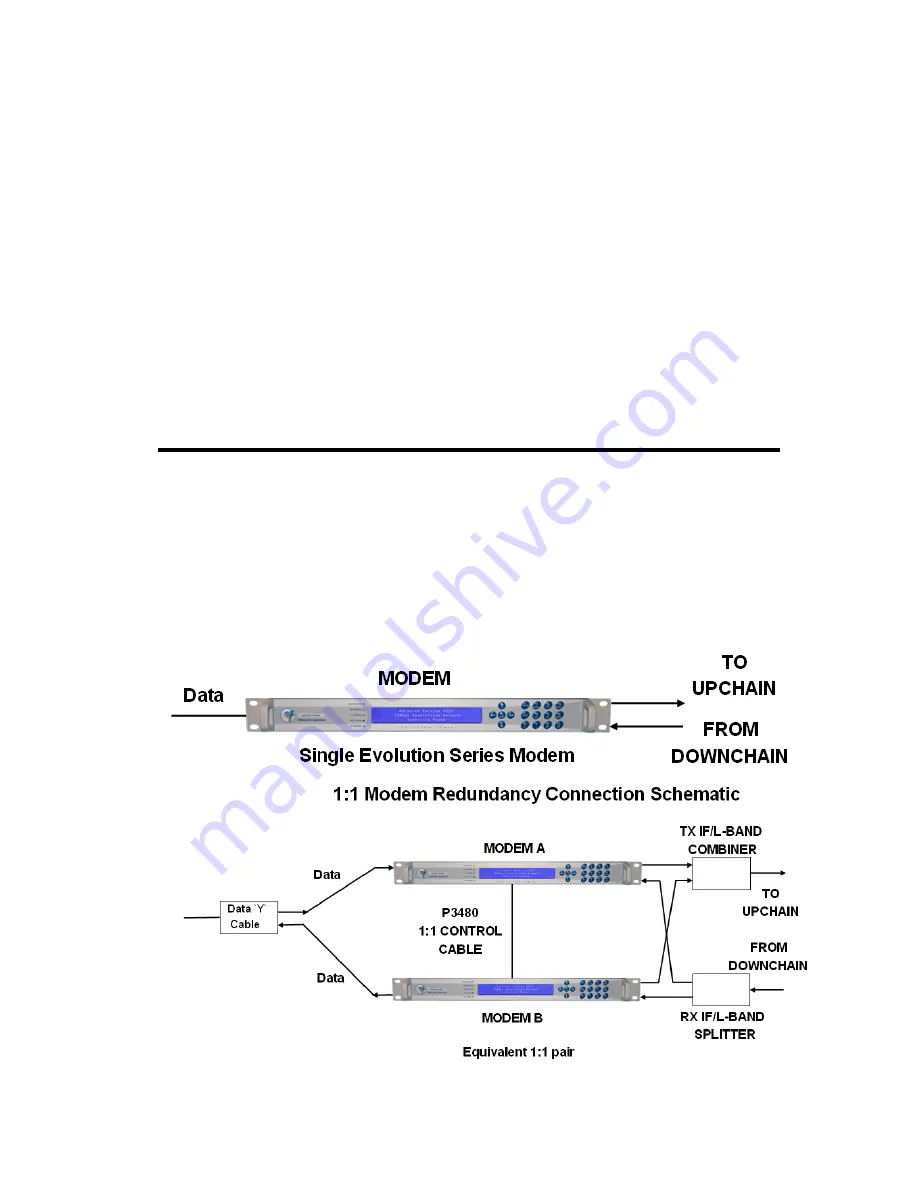
Quantum and Evolution Series Installation and Operating Handbook
8-19
3. Optionally set a target Eb/No minimum threshold to generate a Backward Alarm if
you want an indication of when the distant Eb/No falls below the threshold.
4. Set the AUPC mode to monitor the distant Eb/No in order to determine if it is
working correctly (i.e. the distant Eb/No and BER figures will be displayed). If the
distant-end information is not available then the modems are not configured
correctly.
5. Record the distant Eb/No under clear sky conditions and then set the AUPC mode
to maintain the distant Eb/No.
6. Set a target Eb/No and set the maximum power level.
7. Review the distant Eb/No to determine if it is being maintained correctly under
differing atmospheric conditions. Optionally use the web graphing feature to
record the distant Eb/No and/or the AUPC delta power (this may be useful in
ascertaining whether AUPC manages to maintain the Eb/No within the
parameters you have set and also in being able to specify to the satellite operator
the exact power being transmitted at a particular time).
8.4 1-for-1
Operation
8.4.1 Basic
Theory
Any two modems will operate as a 1-for-1 redundant pair, with no other equipment except
for a single interconnecting lead, two power splitter/combiners and cable forms to parallel
up the interfaces of both units. Both modems operate normally with respect to incoming
data and IF signals, but only one Modem enables its satellite and terrestrial outputs. The
diagram below illustrates how a 1-for-1 redundant pair is configured.
















































